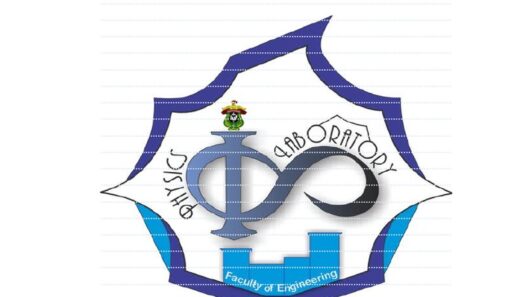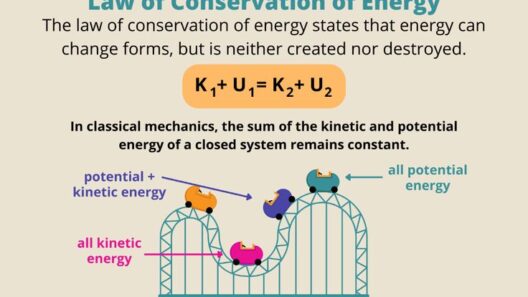In an era where environmental consciousness is paramount, college students find themselves at the crossroads of academic ambition and a burgeoning responsibility towards climate change. Confronted with the challenge of reconciling their youthful exuberance with sustainable practices, savvy students can navigate this path without sacrificing their unique style or comfort. Imagine college life as a vibrant tapestry woven with threads of ingenuity, creativity, and eco-responsibility. Below are strategies to conserve energy that resonate with the dynamic lifestyle of modern students.
1. Embrace the Power of Knowledge
Education is a formidable tool in the fight against energy waste. Students can begin by familiarizing themselves with their appliances and devices, akin to a navigator decoding the intricacies of a map. Understanding energy consumption patterns empowers students to make informed decisions, leading to energy-efficient behaviors. Resources abound, from workshops to online courses, providing students with the requisite acumen to champion energy conservation on campus.
2. The Art of Mindful Consumption
Equate energy conservation to an art form. Just as a renowned artist selects their palette wisely, students can curate their daily activities to minimize energy use. One can adopt a mindset of mindfulness, which entails intentional choice-making concerning electronics, lighting, and heating. By turning off lights when leaving a room or unplugging chargers that are not in use, students can wield their energy usage like skilled artisans, crafting a masterpiece of sustainability.
3. Harness the Sun: Natural Illumination
When day breaks, let the sun be your reliable ally. Natural light serves as an invigorating source of energy, and students can exploit this free resource to illuminate their residences during daytime hours. Drawing back the curtains and allowing sunshine to flood in not only energy-efficient but also enhances productivity and mood. It is akin to opening a window to possibilities and optimism, thereby fostering a vibrant living space.
4. Energy-Efficient Gadgets: A Lifestyle Choice
Stepping into the realm of technology, energy-efficient gadgets emerge as splendid companions for the eco-conscious student. Investing in LED bulbs, Energy Star-rated appliances, and smart power strips can catalyze a seismic shift in energy consumption. These gadgets, much like finely crafted instruments, perform harmoniously to reduce waste while elevating quality of life. Choosing energy-efficient products represents a convergence of environmental responsibility and contemporary living.
5. The Communal Approach: Collective Responsibility
Community living, often a hallmark of college life, presents an opportune platform for collaborative energy-saving efforts. Students can form energy conservation committees within their dormitories or student organizations, harnessing the collective power of like-minded individuals. This collaboration fosters a sense of ownership over their environment, akin to a team of architects constructing a sustainable edifice, brick by brick. Organizing energy-saving challenges can incite friendly competition, driving up participation while reducing overall consumption.
6. A Sustainable Diet: Nourishing Choices
Energy conservation extends beyond mere utilities—it permeates dietary choices as well. College students can opt for locally sourced foods and plant-based meals, significantly reducing the carbon footprint associated with transportation and production. This dietary transition parallels the cultivation of a garden; just as plants flourish under proper conditions, so too can energy-efficient habits thrive within environmentally conscious menus. Additionally, cooking in bulk and minimizing food waste by properly storing leftovers contributes further to a sustainable lifestyle.
7. Sustainable Transportation: Eco-Friendly Commuting
For most students, commuting forms an integral part of daily life. The transition to sustainable transportation choices can veer towards the adventurous, as biking or carpooling not only reduces energy consumption but also promotes a sense of community among peers. Imagine cycling as a dance with nature, where every pedal stroke is a commitment to lower emissions and clearer air. Furthermore, public transportation is a collective venture, inviting students to traverse the city while minimizing individual carbon footprints.
8. Set the Stage for Energy Efficiency
Creating an energy-efficient home environment is akin to designing a sanctuary—each detail should speak to sustainability. Students can deploy thermal curtains to enhance insulation, implement energy-efficient heating arrangements, and incorporate plants that naturally purify the air. Such intentionality transforms living spaces into havens of comfort that reflect personal style while fostering a commitment to environmental stewardship.
9. Behavioral Adjustments: Simple, Yet Impactful
Small changes in daily habits can yield substantial energy savings. Students can establish routines that incorporate energy conservation effortlessly into their lifestyle. Running laundry loads on cold cycles, air-drying clothes, and utilizing thermos flasks to keep beverages warm reduce reliance on excessive energy. Such adjustments are akin to polishing a gem; each small effort enhances the overall brilliance of energy conservation.
10. Become an Advocate
Lastly, engaging in advocacy for campus-wide energy conservation initiatives resonates with the vibrant spirit of student activism. Joining or forming clubs aimed at promoting sustainability on campus can create ripples of change. Students can push for policies that embrace renewable energy sources and advocate for energy-efficient infrastructure on campus. This transformational journey from individual practices to broader advocacy encapsulates the essence of community spirit and environmental responsibility.
In conclusion, the journey towards energy conservation does not necessitate the dismantling of college life as students know it. Rather, it offers a chance to integrate sustainability into their vibrant lifestyles seamlessly. By embracing mindful consumption, harnessing natural resources, and engaging in community efforts, students can preserve their unique flair while leaving an indelible mark on the world. A sustainable future awaits, and it’s a canvas ready for their artistic touch.








